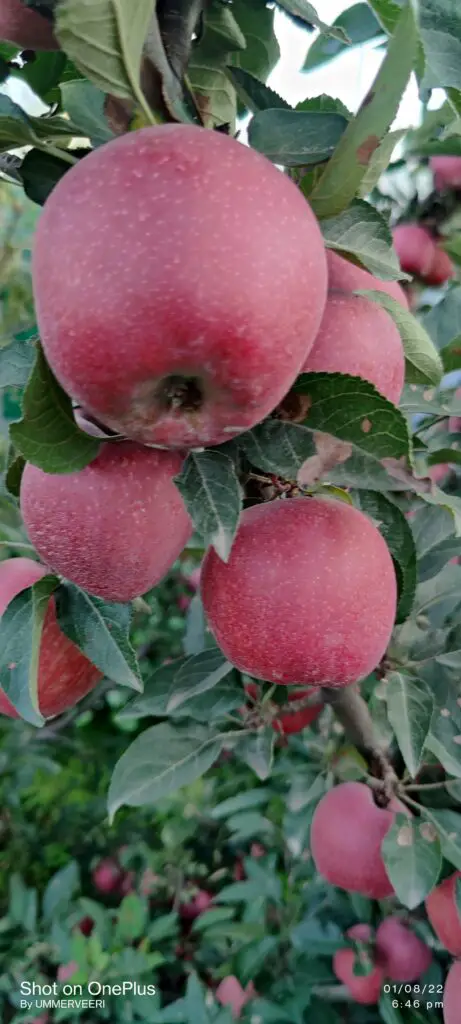
Apples are one of the most popular and diverse fruits in the world, with over 7,000 varieties to choose from. If you are thinking about planting your own apple trees, you might be overwhelmed by the options available. How do you decide which ones to grow in your orchard?
There are several factors to consider when choosing apple varieties, such as taste, use, harvest time, storage, climate, and pollination. Here are some tips to help you narrow down your choices and find the best apples for your needs.
Taste
The first thing you might want to consider is how the apples taste. Do you prefer sweet or tart apples? Crisp or soft? Juicy or dry? Different varieties have different flavors and textures, so it’s a good idea to try as many as you can before planting. You can visit apple festivals, farmers’ markets, U-pick orchards or cider makers to sample some of the varieties that grow well in your area. You can also order gift box samplers online or from local nurseries.
Some of the most popular and widely grown apple varieties include:
- Gala: A sweet and crisp apple with a thin skin and yellow-orange color. It is good for fresh eating and salads.
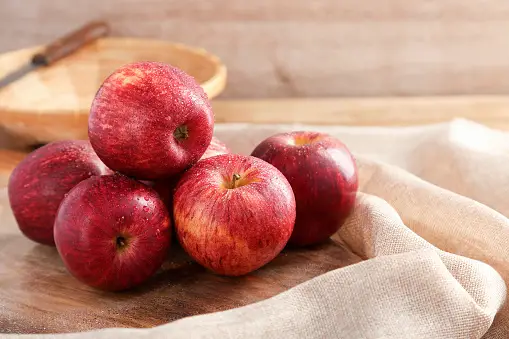
- Honeycrisp: A juicy and crunchy apple with a balanced flavor of sweetness and tartness. It has red-yellow skin and white flesh. It is good for fresh eating, baking, and cider.
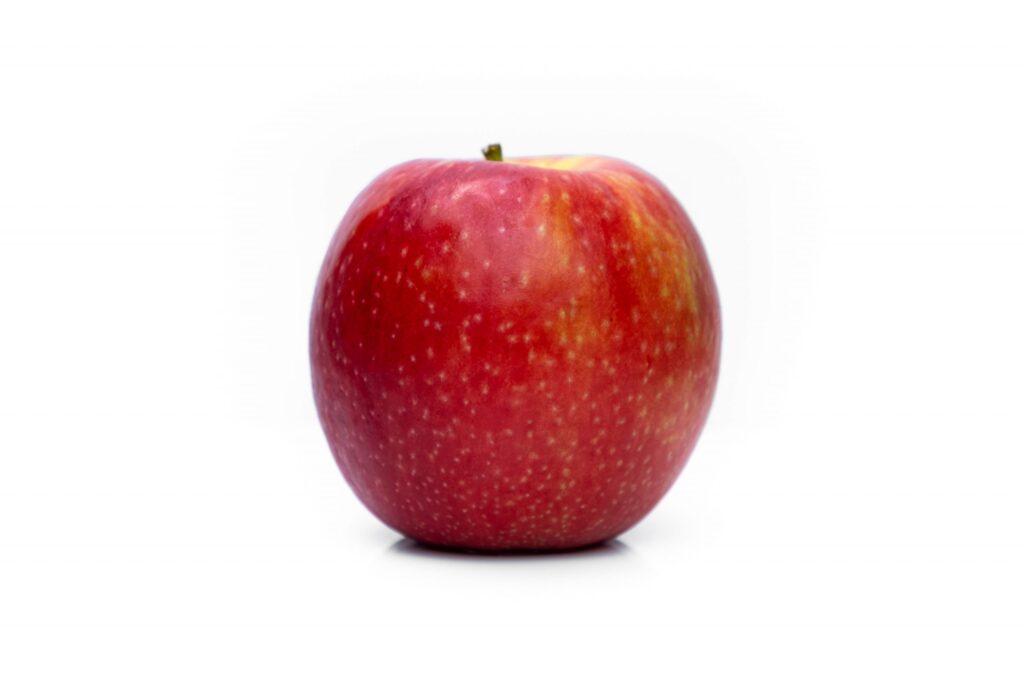
- Fuji: A very sweet and firm apple with dense flesh and a long shelf life. It has red-green skin and creamy white flesh. It is good for fresh eating, baking, and sauce.
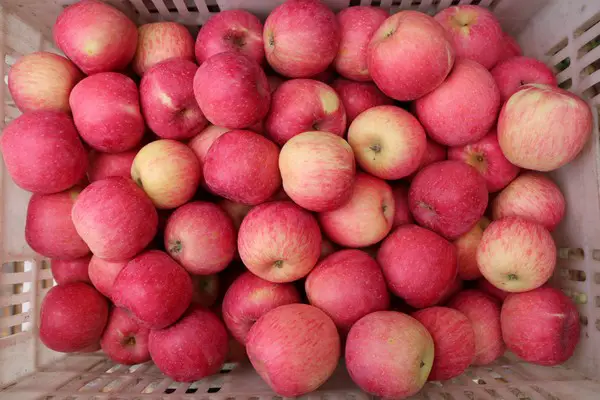
- Granny Smith: A tart and crisp apple with green skin and white flesh. It is good for baking, pies and cider.
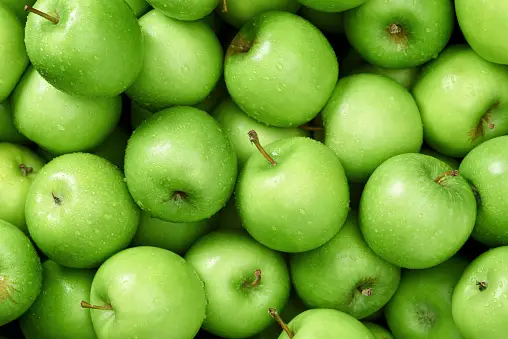
- Red Delicious: A sweet and mild apple with thick skin and red color. It has a soft flesh that bruises easily. It is good for fresh eating and salads.
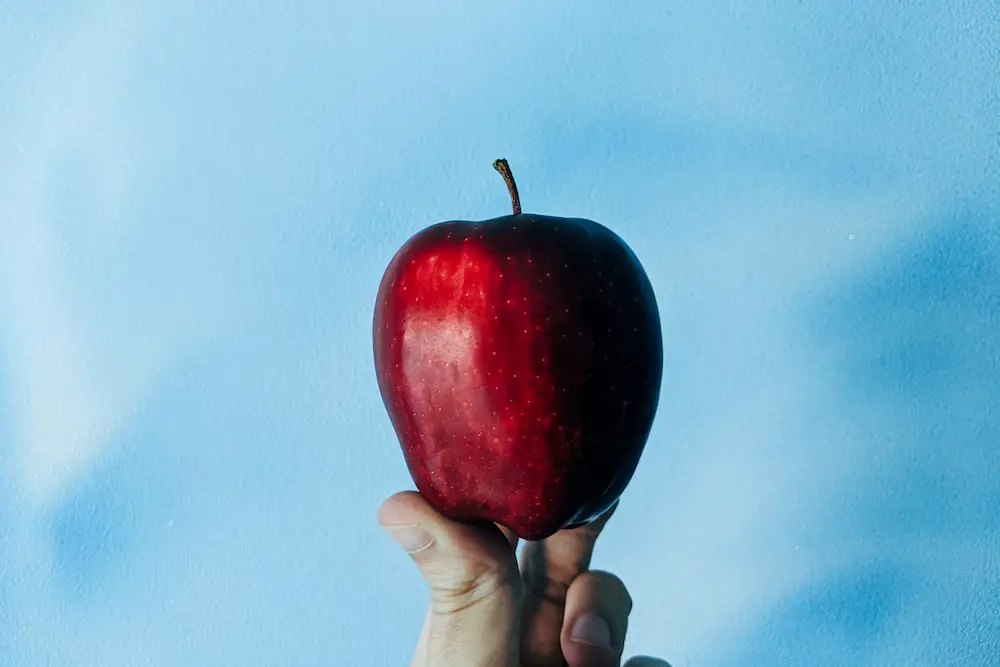
Use
Another factor to consider is how you plan to use the apples. Some apples are better suited for certain purposes than others. For example, some apples are good for fresh eating, while others are good for cooking, baking, sauce, or cider.
Generally speaking, apples that are good for fresh eating tend to be sweet, crisp, and juicy, while apples that are good for cooking tend to be tart, firm, and dry. However, there are exceptions to this rule, so it’s best to experiment with different varieties and see what works for you.
Some examples of apples that are good for different uses are:
- Fresh eating: Gala, Honeycrisp, Fuji, Pink Lady, Braeburn
- Cooking: Granny Smith, Golden Delicious, Cortland, Rome
- Baking: Jonagold, Honeycrisp, Granny Smith, Braeburn
- Sauce: McIntosh, Cortland, Jonathan
- Cider: Winesap, Gravenstein, Newtown Pippin
Harvest Time
Another factor to consider is when the apples ripen and are ready to harvest. Different varieties have different ripening times, ranging from early season (late August) to late season (early November). This can affect the quality and flavor of the apples, as well as how long they can be stored.
Early-season apples tend to be softer and sweeter than late-season apples. They also tend to have a shorter shelf life and need to be eaten or processed soon after picking. Late-season apples tend to be firmer and tarter than early-season apples. They also tend to have a longer shelf life and can be stored for months if kept in cool and dry conditions.
Some examples of early-season apples are:
- Gravenstein: A tart and juicy apple with red-yellow skin and white flesh. It is good for fresh eating and cider.
- McIntosh: A sweet-tart apple with thin skin and a red-green color. It has a tender flesh that breaks down easily when cooked. It is good for fresh eating, sauce, and cider.
- Gala: A sweet and crisp apple with thin skin and yellow-orange color. It is good for fresh eating and salads.
Some examples of late-season apples are:
- Winesap: A tart and spicy apple with dark red skin and yellow flesh. It is good for fresh eating, baking, and cider.
- Fuji: A very sweet and firm apple with dense flesh and a long
Climate
Another factor to consider is the climate where you live and how it affects the growth and fruiting of apple trees. Apples have different chilling requirements, which means they need a certain number of hours of cold temperatures (below 45°F or 7°C) every year to break dormancy and produce flowers and fruits. Some varieties need more chilling hours than others, so you need to choose ones that match your climate zone.
Apples grow best in zones 3 to 9, but some can tolerate winter temperatures as low as -40°F or -40°C. However, apples generally do not grow well close to the ocean where temperatures remain moderate most of the year. Apples also need abundant sunlight to develop good color and flavor, so avoid planting them in shady or cloudy areas.
Some examples of apple varieties that are suitable for different climate zones are:
- Zone 3: Honeycrisp, McIntosh, Red Delicious
- Zone 4: Cortland, Gala, Jonagold
- Zone 5: Fuji, Golden Delicious, Granny Smith
- Zone 6: Braeburn, Honeycrisp, Winesap
- Zone 7: Arkansas Black, Fuji, Pink Lady
- Zone 8: Anna, Dorsett Golden, Ein Shemer
- Zone 9: Beverly Hills, Gordon, Pettingill
Pollination
Another factor to consider is the pollination of apple trees. Most apple varieties are not self-fertile, which means they need another variety of apples to cross-pollinate and produce fruits. You need to plant at least two apple trees of different varieties that bloom at the same time and are compatible with each other. You also need to have bees or other pollinators to transfer the pollen from one tree to another.
Some apple varieties are self-fertile, which means they can produce fruits without another variety nearby. However, even self-fertile varieties will produce more and better fruits if they are cross-pollinated by another variety. Some examples of self-fertile apple varieties are:
- Golden Delicious
- Granny Smith
- Honeycrisp
Some apple varieties are triploid, which means they have three sets of chromosomes instead of two. Triploid varieties are sterile and cannot pollinate other varieties or themselves. They need two other varieties of apple to cross-pollinate and produce fruits. Some examples of triploid apple varieties are:
- Bramley’s Seedling
- Jonagold
- Mutsu
Apple trees bloom at different periods of the year, and because most require cross-pollination between at least two types of apples, you’ll need to select trees that bloom during the same period. You don’t need an orchard, but planting at least two trees is a requirement for fruit production.
Apple varieties are classified into pollination groups according to their blooming time. The groups range from A (very early) to H (very late). You need to choose varieties that belong to the same group or adjacent groups (for example, B and C) to ensure successful pollination.
Some examples of apple varieties that belong to different pollination groups are:
- Group A: Discovery, Gravenstein
- Group B: Gala, McIntosh
- Group C: Golden Delicious, Honeycrisp
- Group D: Fuji, Jonagold
- Group E: Braeburn, Granny Smith
- Group F: Arkansas Black, Winesap
Final Thoughts
Choosing the right apple tree varieties for your orchard requires careful consideration of several factors, including climate, pollination requirements, disease resistance, and fruit characteristics. By selecting varieties that are well-suited for your growing conditions and preferences, you can ensure a bountiful harvest and a successful apple orchard. Be sure to consult with local experts for guidance on the best varieties for your specific area and to ensure that you have a healthy and productive apple orchard for years to come.
Source:
(1) How to Plant, Grow, Prune, and Harvest an Apple Tree. https://harvesttotable.com/how_to_grow_apples/.
(2) Apple Tree Climate Conditions – Wikifarmer. https://wikifarmer.com/apple-tree-climate-conditions/.
(3) Tips On Growing Zone 8 Apple Trees – Gardening Know-How. https://www.gardeningknowhow.com/garden-how-to/gardening-by-zone/zone-8/zone-8-apple-trees.htm
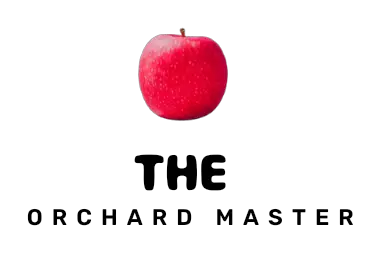

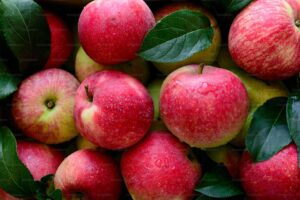
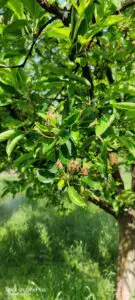
Good ,very informative and keep it up……
Thanks a lot. Keep supporting. More informative stuff to follow.
Pingback: Rainfall and its effect on Apple trees - The Orchard Master
Pingback: Different Types of Apple Rootstocks: Choosing the Right One - The Orchard Master
Pingback: common pesticides used in agriculture - The Orchard Master
Pingback: Effects of Reduced Sunlight Hours on Apple Trees - The Orchard Master
Pingback: Everything You Need to Know About Apples - The Orchard Master
Pingback: How to Manage Necrosis and Alternaria in Humid Conditions - The Orchard Master